When Your Cat Can’t Pee: Understanding and Treating Urinary Blockages
If your cat is straining in the litter box, crying out, or suddenly acting restless and uncomfortable, it’s not just a quirky feline moment. It could be a medical emergency. At Lewiston Veterinary Clinic, we know how quickly a urinary blockage can become life-threatening- especially in male cats. This guide walks you through the signs, causes, treatment options, and what to expect during recovery.
What Is a Urinary Blockage?
A urinary blockage occurs when something obstructs the urethra- the narrow tube that carries urine from the bladder out of the body. When that path is blocked, your cat cannot urinate, leading to a dangerous buildup of toxins. Male cats are especially at risk due to their longer, narrower urethras.
Learn more from International Cat Care’s resource on urethral obstruction.
What Causes Urinary Blockages?
Several conditions can lead to a blockage:
- Feline Idiopathic Cystitis (FIC): Inflammation often linked to stress
- Urethral plugs: Made up of crystals, mucus, and cells that clog the urethra
- Urinary stones: Hard mineral formations that obstruct urine flow
- Anatomical abnormalities: Narrow or malformed urinary tracts
- Dietary factors: Some diets contribute to crystal formation
- Obesity and low activity levels: These increase overall risk
Signs Your Cat May Be Blocked
Blockages can escalate quickly. Look for:
- Straining to urinate with little or no output
- Frequent or prolonged litter box visits
- Crying or vocalizing while trying to pee
- Blood in the urine
- Hiding, lethargy, or sudden behavior changes
- Vomiting or signs of abdominal pain
If your cat is collapsed, has a bloated abdomen, or hasn’t urinated in more than 12 hours, it’s an emergency. Immediate veterinary care is critical.
How a Blockage Progresses
A urinary blockage isn’t just painful- it’s dangerous. Without treatment, the condition can move quickly:
- Partial obstruction: Some urine passes, but not enough
- Complete blockage: No urination at all; toxins accumulate
- Bladder overdistension: Painful stretching of the bladder wall
- Systemic effects: High potassium and waste levels may affect heart function
- Kidney damage or death: Can occur within 24–72 hours
This is not a “wait and see” situation.
Emergency Care at Lewiston Veterinary Clinic
During business hours, we accept urgent cases- but we ask that you call ahead so we can prepare for your arrival.
After-hours emergency care is also available:
- Monday through Friday: 5 p.m. – 10 p.m.
- Saturday: 12 p.m. – 10 p.m.
Lewiston Veterinary Clinic participates in a rotating emergency schedule within the Lewiston-Clarkston Valley. Just call our regular number, and you’ll be routed to the on-call clinic. These services are available to both our established clients and those referred from other clinics. After care, we’re happy to coordinate follow-up with your regular veterinarian.
In some cases, pets may be referred to the Washington State University Veterinary Teaching Hospital or another nearby emergency facility for specialty care.
How We Diagnose a Blockage
At Lewiston Veterinary Clinic, we prioritize rapid assessment and stabilization. Your cat’s visit may include:
- Physical exam to evaluate bladder size and pain
- Bloodwork to check kidney function and electrolyte balance
- Urinalysis to identify crystals, blood, or signs of infection
- Imaging such as X-rays or ultrasound to locate stones or obstructions
- More about our diagnostic tools can be found on our Diagnostics page
Treatment: What Happens Next
Initial Emergency Care
- IV fluids to correct dehydration and flush toxins
- Pain relief and sedation to keep your cat calm and comfortable
- Urethral catheterization to relieve the blockage
- Bladder lavage to rinse out debris
- Medications such as antibiotics or anti-inflammatories if infection or swelling is present
Long-Term Management
- Prescription urinary diets to prevent future blockages
- Stress reduction strategies for cats with FIC
- Hydration support, including wet food, water fountains, or added broth
- In severe or recurring cases, a surgical procedure called a perineal urethrostomy (PU) may be recommended to create a wider urinary opening
Why Fast Treatment Matters
Delaying care can result in:
- Bladder rupture
- Kidney failure
- Cardiac complications from elevated potassium
- Death, sometimes within 48 hours
Treatment is always more effective- and often less expensive- when started early.
Life After a Blockage: Recovery and Prevention
Most cats recover well, but long-term success depends on what you do at home. During recovery, your cat may need:
- Rest and restricted activity
- Daily medications
- Close monitoring of litter box habits
- A stress-free, quiet environment
Ongoing Prevention Tips
- Feed only a prescription urinary diet, as directed
- Offer multiple clean, accessible water sources
- Use pet fountains or add water to wet food to increase hydration
- Keep litter boxes clean and easy to access
- Reduce household stress and avoid sudden changes
- Monitor for early signs: frequent litter box visits, straining, or vocalizing
Even subtle changes can signal trouble. Don’t ignore them.
What to Bring to Your Appointment
If possible, come prepared with:
- A list of current food, treats, and medications
- Notes on when symptoms started and how they’ve changed
- A fresh urine sample (if safely collected)
- Video of straining or unusual behavior
FAQs
Is this really an emergency?
Yes. Urinary blockages are fatal if not treated quickly.
Can this happen again?
Yes. Some cats are prone to recurrence. Long-term management is key.
Can I treat this at home?
No. This condition requires immediate medical intervention.
How much does treatment cost?
Costs vary depending on severity. Early care is often more affordable than intensive emergency treatment.
Learn more from ACVS’s guide on urinary obstruction in male cats.
We’re Here for You
Urinary blockages are frightening- but help is available. At Lewiston Veterinary Clinic, we’re here to support you and your cat through emergency care, recovery, and prevention. Whether it’s during clinic hours or through our after-hours emergency network, we’re just a phone call away.
If your cat is showing signs of a blockage, call us immediately to get help. Your cat’s comfort and safety can’t wait.

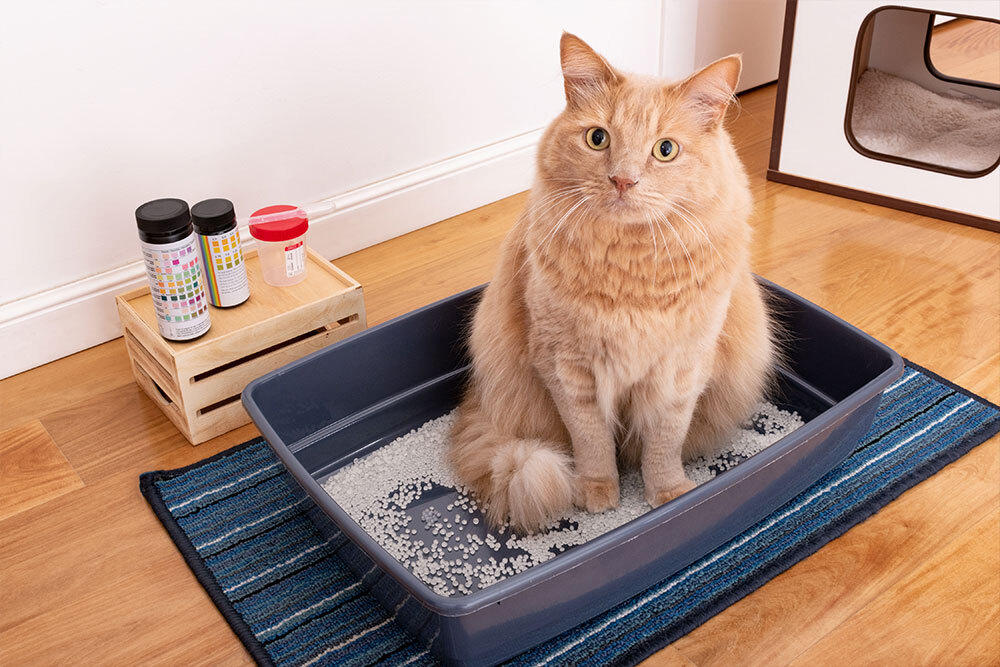
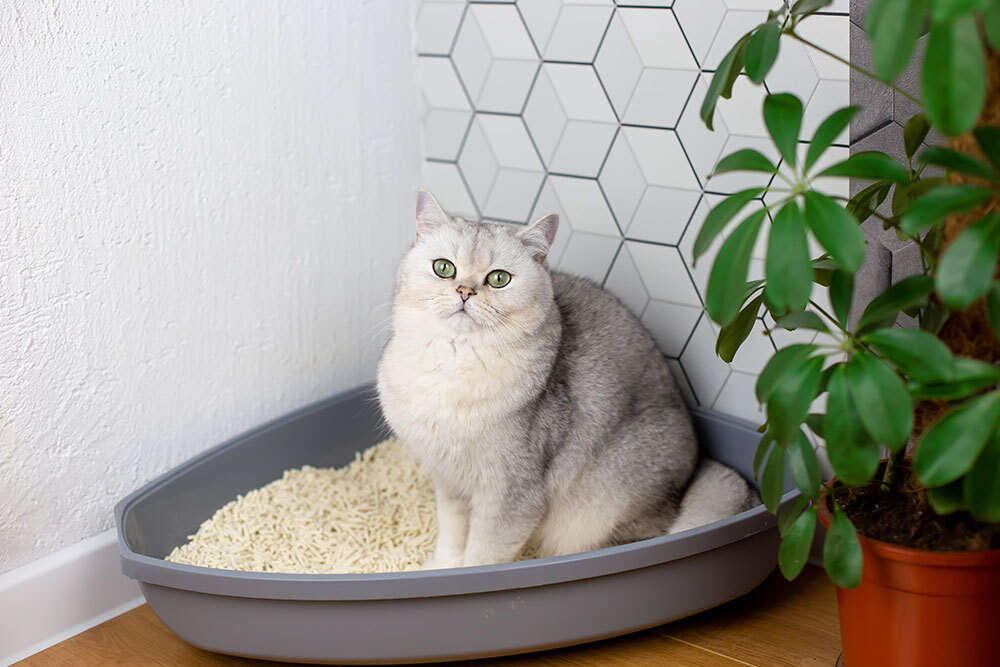

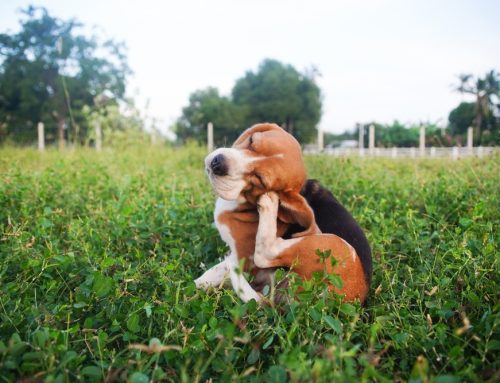
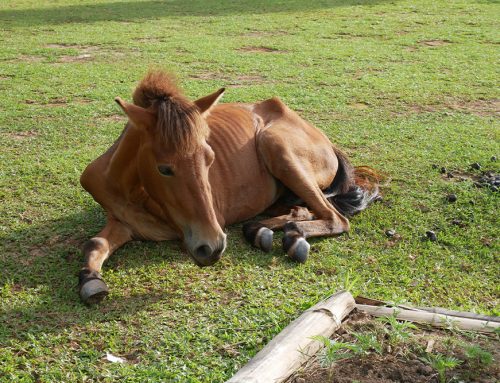
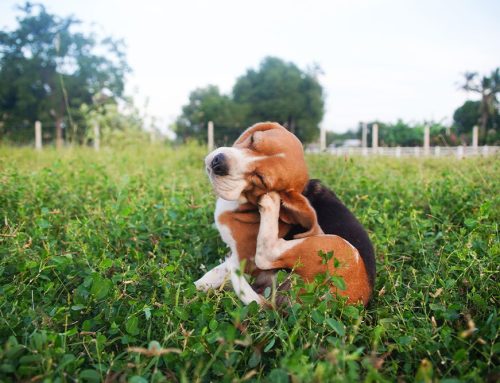
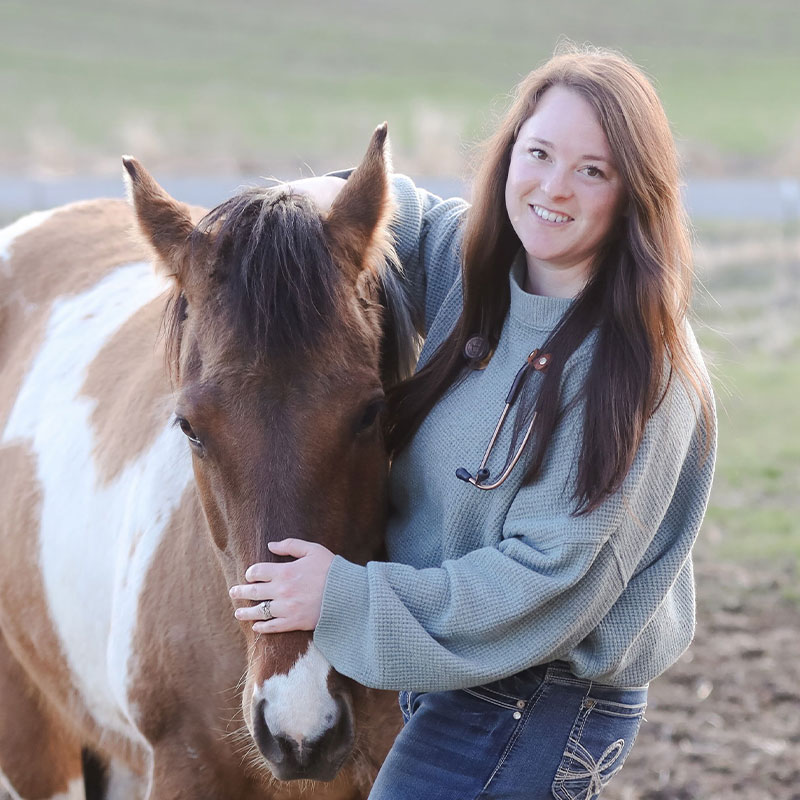

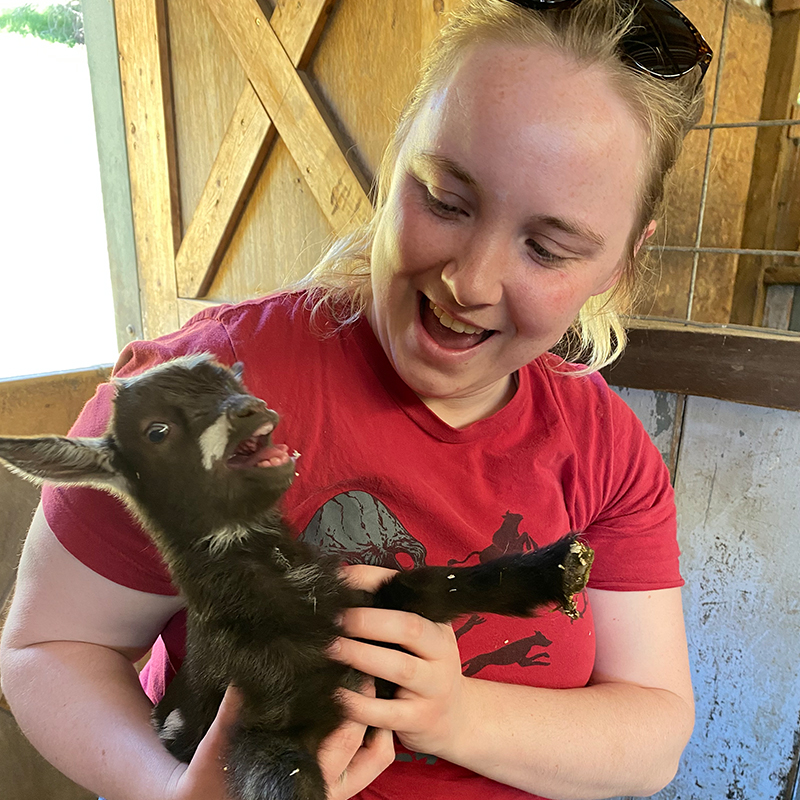


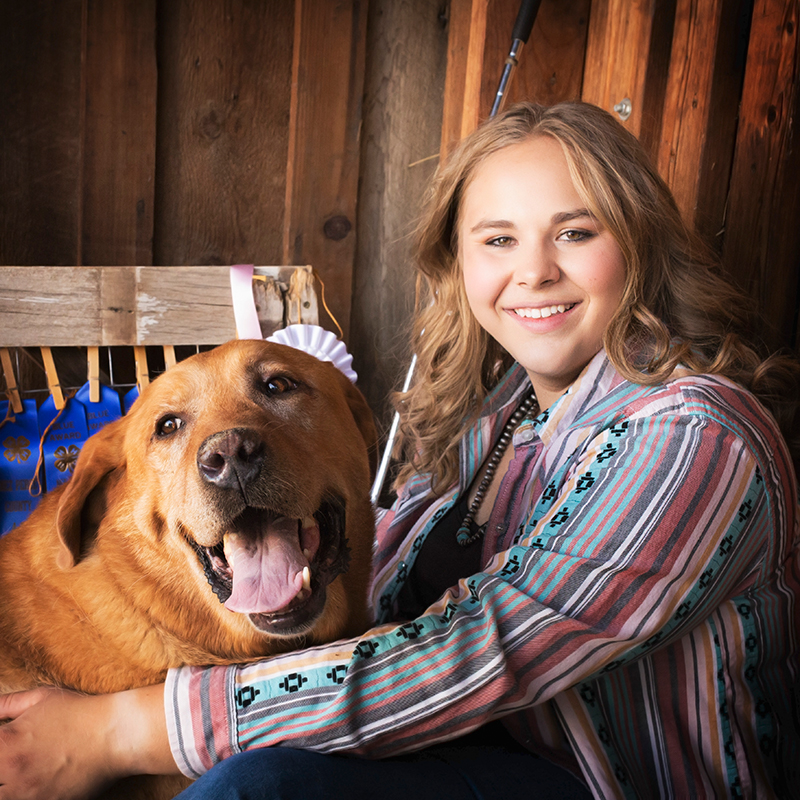
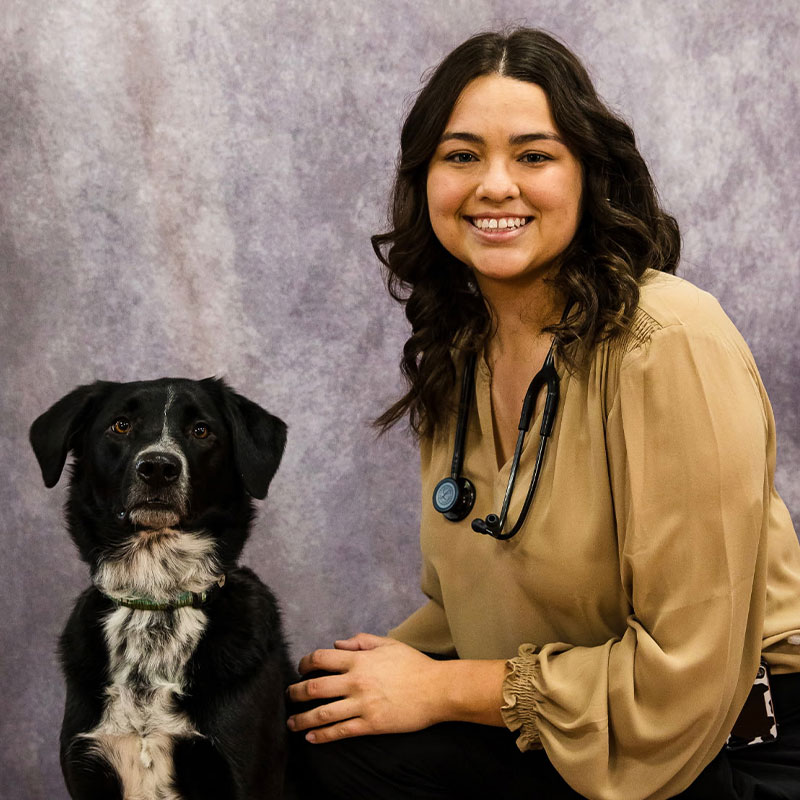

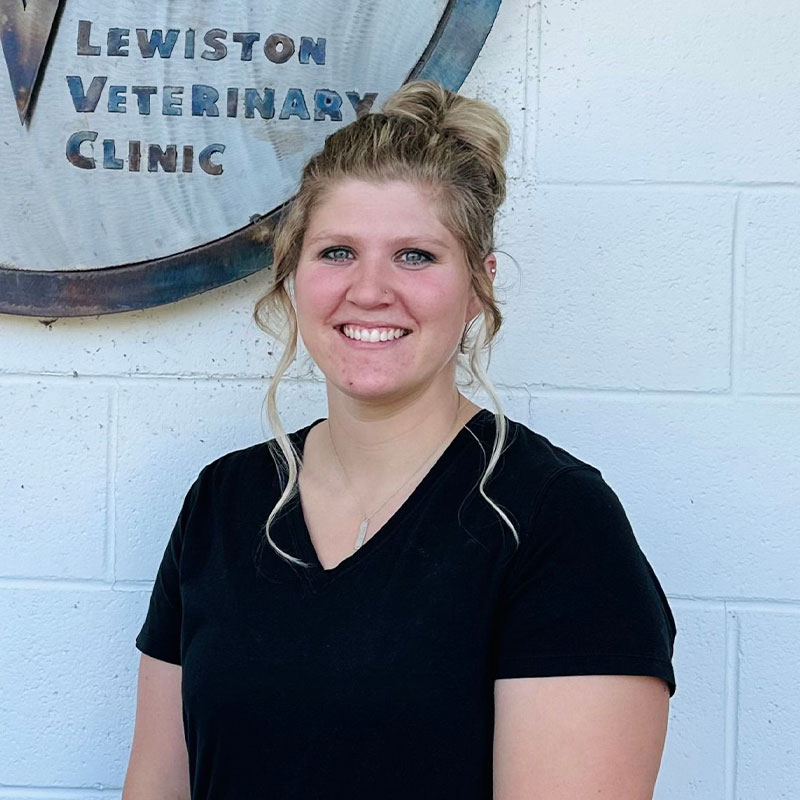





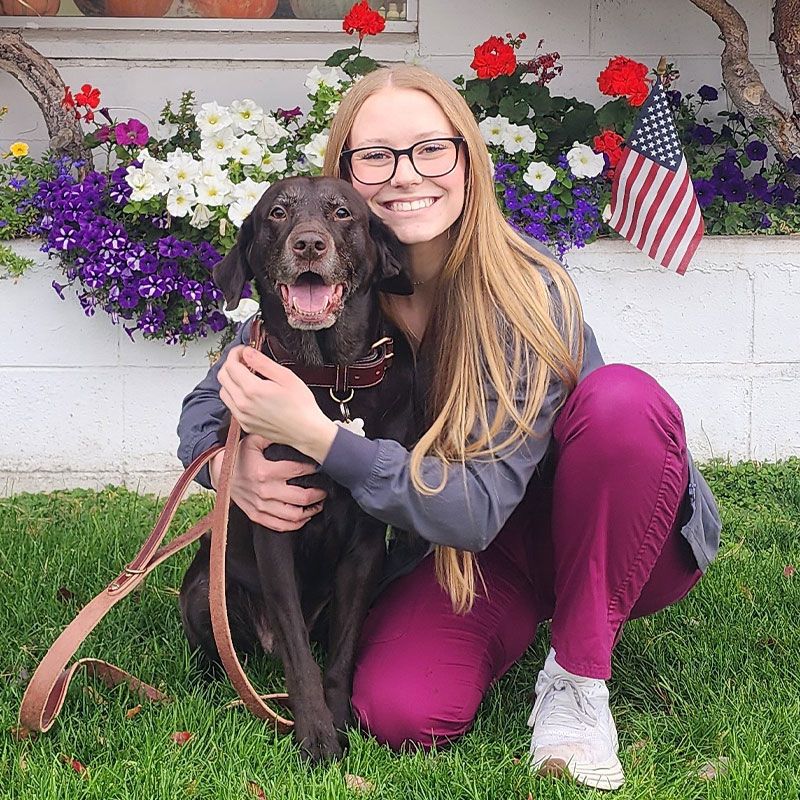
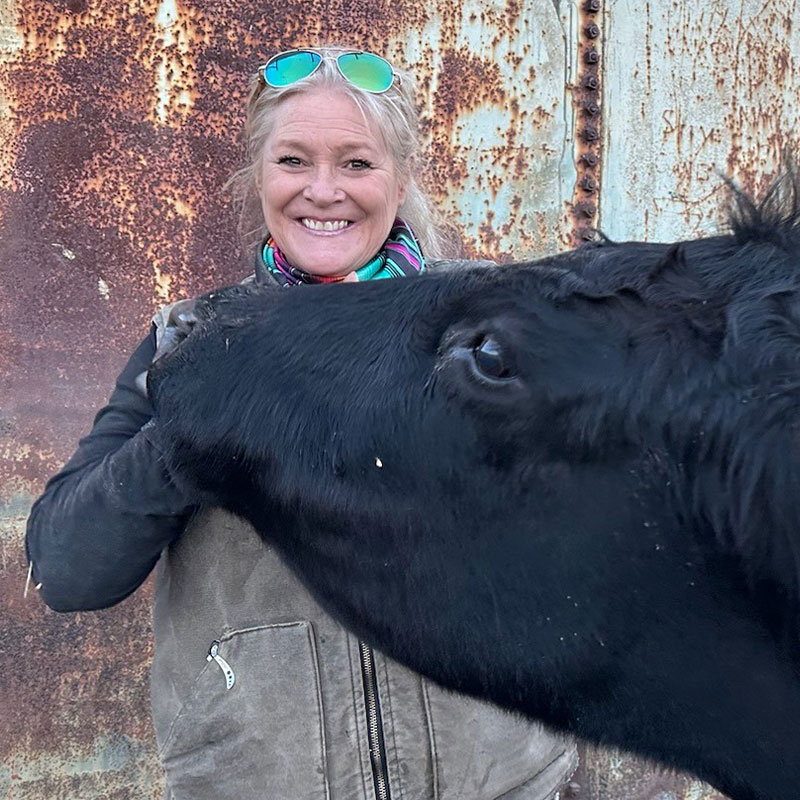






Leave A Comment